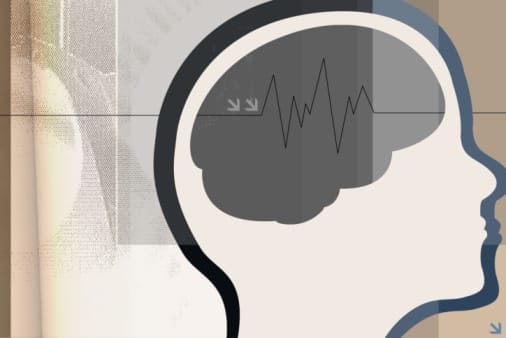We develop our capacity to learn during our school years, and it sets the tone and pace of how we learn when we enter the workforce. That is, how we learned in school is how we will continue to learn during our careers. Unfortunately, school curricula continue to be based on the notions of linear thought processes and mastery of content. This linear process is mostly associated with left-brain functioning and limited to the ability to perform mental manipulations with a set of given facts in any one of a variety of disciplines. The realization of a person’s full potential appears to involve other factors stemming from the electrical activity of both hemispheres of the brain. Leaders who only use their left-brain may be very good managers but may not be seen as good leaders.
In 1980, I completed a master’s thesis which utilized an electroencephalograph (EEG) machine to measure brain-wave activity. I examined the activity of a group that practiced a relaxation technique versus a group that did not practice it. I used a newly formulated concept formation task designed to measure flexibility (adaptive behavior in a problem situation) and EEG coherence in the left and right hemispheres. Both the sample group and the control group completed the same concept formation task. The results of the study did reveal partial significance of the intention of the experiment, but the real significance was revealed by the differences in the EEG activity of the men and women in both sample and control groups of the study.
As the study concluded, it became obvious there was an unexpected finding transcending the intention of the study. The women and men in the study had different parts of the brain reacting to the same sequence of activities in concept formation task. In other words, the right-handed men in the study had an abundance of electrical activity in the left hemisphere, which is usually associated with a logical, linear and operational analysis that is focused on the task at hand. The women, whether they were left-handed or right-handed, had an abundance of electrical activity in both the left hemisphere and the right hemisphere. The right-hemisphere usually is associated with an artistic, inventive, empathetic and strategic view of the situation.
In today’s parlance, we could say the left hemisphere is about the IQ of a person and the right hemisphere reflects the emotional intelligence, or EQ of a person. Women, having a thicker corpus callosum (the band of fibers connecting the left-brain to the right-brain) are able to simultaneously activate both hemispheres in problem solving.
Since 1980, many others have focused on brain hemisphericity, the functional neurology that describes the firing rates within and between the two hemispheres. Also, many books applied those findings to enhance our understanding of our own styles of learning and leading.
My premise is that equality for women in opportunity, compensation and making leadership decisions together with men is a critically important social issue. We do not, however, confuse that quest with the myth that the genders need to be identical in their work performance. There are biological differences in men and women which bring different values of management and leadership to work. Understanding and learning those differences will make each person a better leader in the workplace.
Editor’s Note: Peter Dean is author of The Coachable Leader, which is designed as a feedback resource for executives and includes more on hemisphericity and the differences of the genders.
In Part 2 of this blog, Peter will explore how to apply this understanding toward becoming a better leader.

























